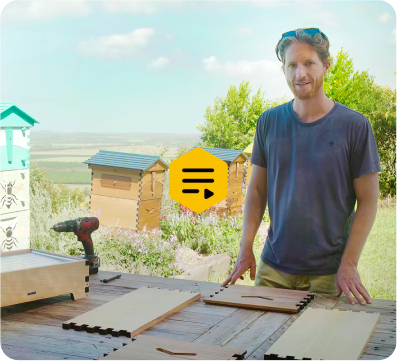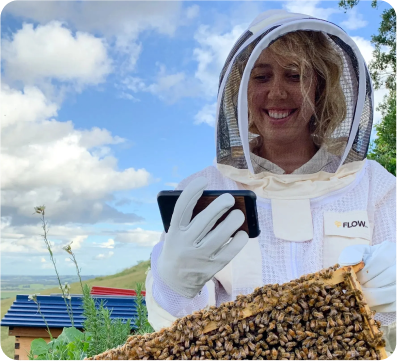Your Cart is Empty
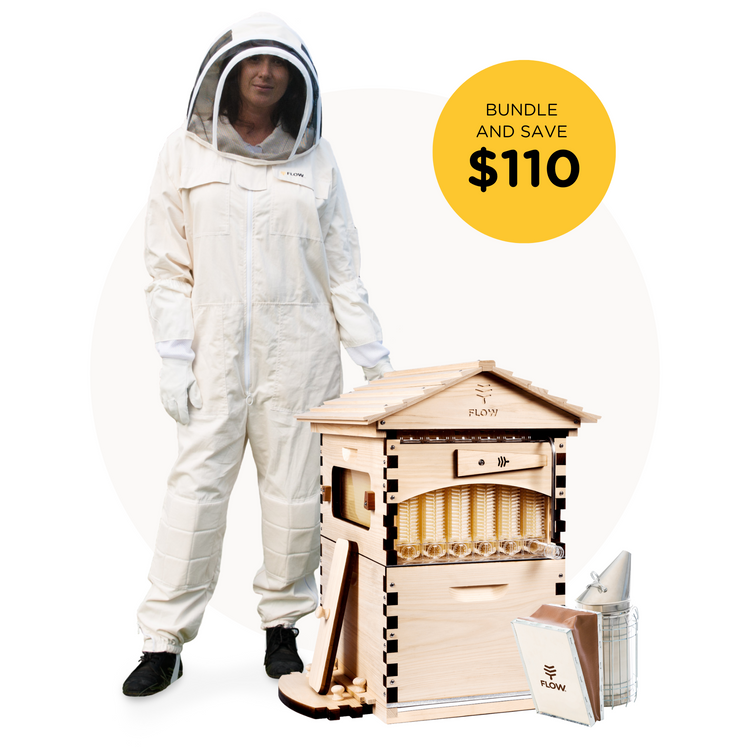
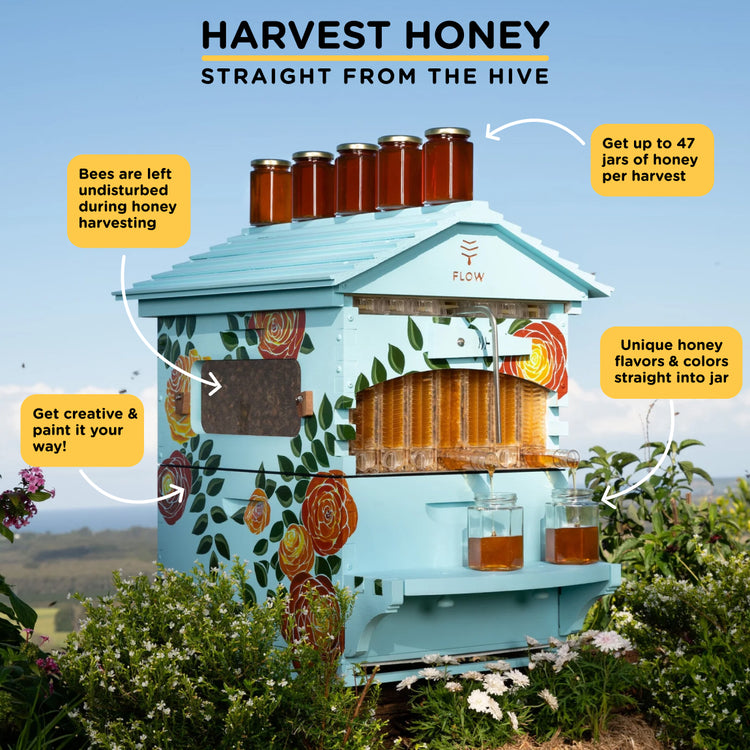
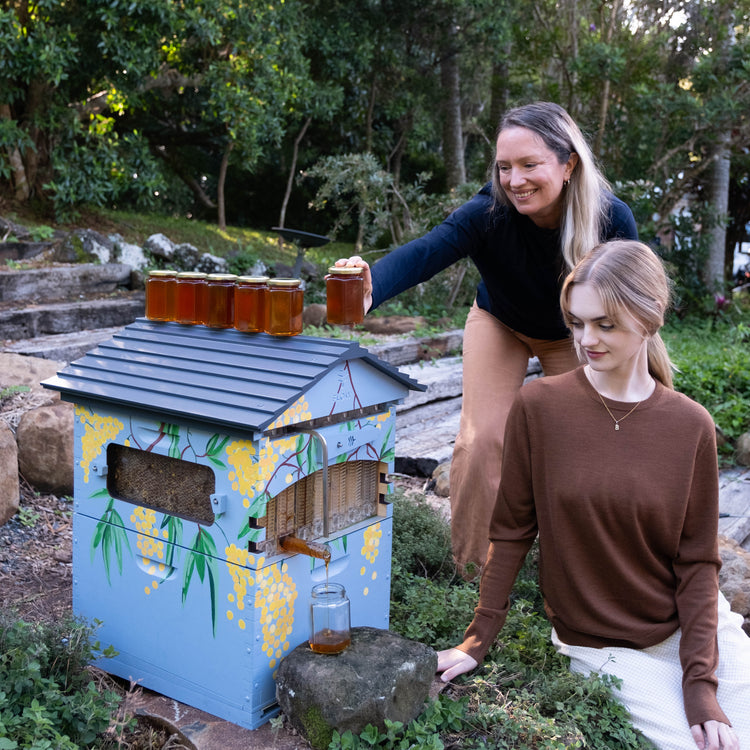
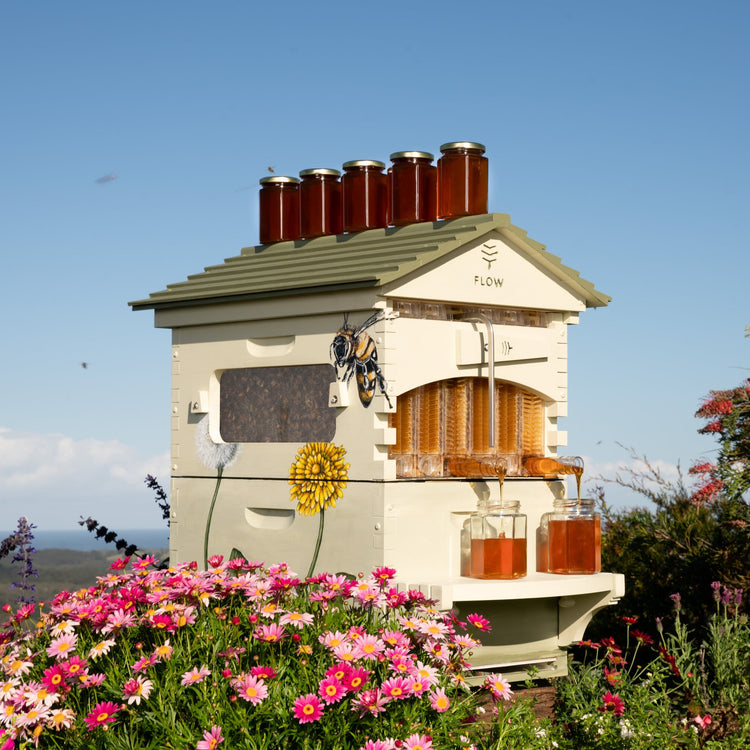
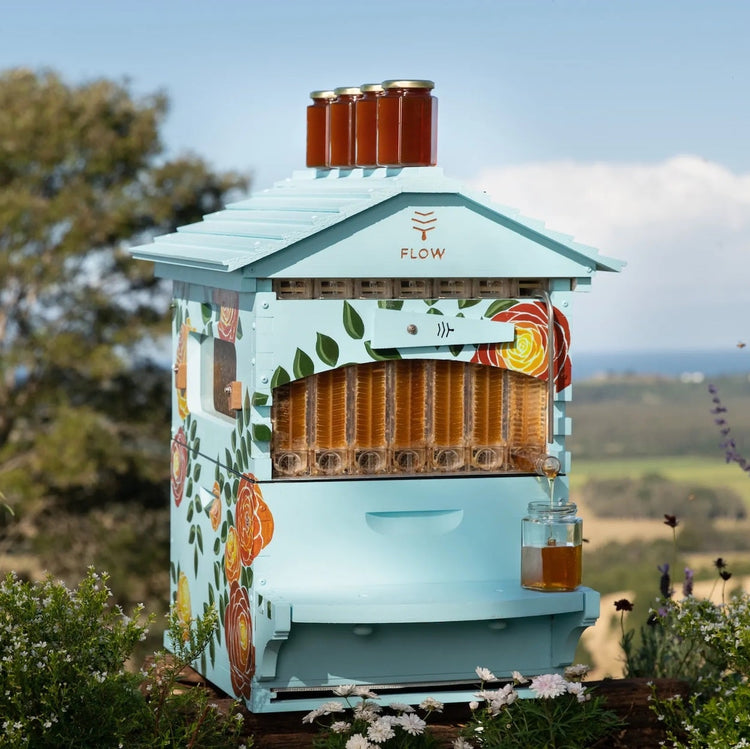
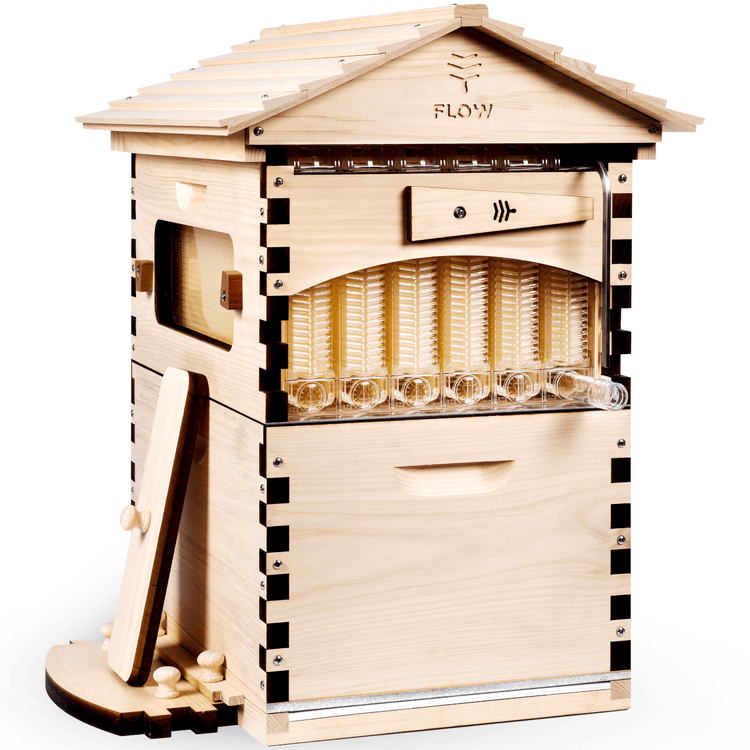
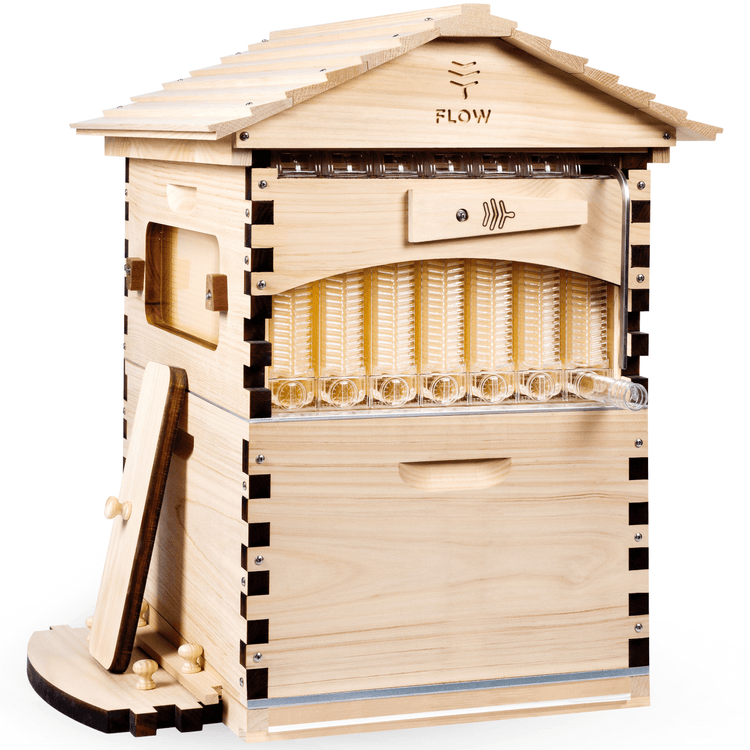
Step 1:
Begin with our Starter Bundle
Experience the award-winning invention that lets you harvest honey straight from the hive. Choose your suit size, then click ‘ADD TO CART’ to get started today. Learn more.
What you’ll receive
- Flow Hive Classic
- Organic cotton bee suit
- Beekeeping gloves
- Flow Smoker
- Free online beekeeping lessons^
- $110 saving
Why winter is the perfect time to plan for the new season:
Get Prepared
With peak beekeeping season approaching in spring, winter is a great time to buy your hive, choose a spot for it, build, and get registered as a beekeeper.

Lots to Learn
Winter is the perfect time to hone up on all things beekeeping. Check out our educational resources and sign up to the online course.

Join the Club
Find a beekeeping club in your area and connect with your local beekeeping community.

Early Start
In some parts of the country, bees don't take a winter break. If you're in a tropical or subtropical climate, you might be able to get a colony straight away.

Download our free beginner guide
Ready to take the first step? Learn beekeeping terminology – from queen excluders, to drone bees and all the parts of a beehive – by downloading our simple PDF guide to beekeeping to start your journey today.
We're here to support your beekeeping journey!
You can connect with our team via phone, email, live chat or through our social platforms. Cedar even answers your questions live streamed from the apiary every Wednesday!
Meet the Beekeepers
Take a walk in another beekeeper’s shoes and see how beekeeping has shaped their lives.
All the features of the Flow Hive Classic
What happens next?
-
Building a new home for your bees is an exciting part of your beekeeping journey.
It’s best to take your time and ensure that you get your assembly right.

-
It’s important to treat the timber on your hive to give it the best weather protection possible for your climate, especially the roof – it’s the first line of defence against the weather.
-
The good news is, you can keep a beehive almost anywhere! Especially a Flow Hive, as there is no need for additional processing equipment or for lugging heavy frames full of honey for harvesting.
From rooftops to balconies to backyards, it’s now possible to harvest honey directly from your hive.
Here are some tips to make sure your location of choice is good for you and for your bees.
-
An important part of getting your new hive up and running is ensuring that it’s registered*.
This step is a crucial part of becoming a beekeeper and helps protect our biosecurity.
*Check if your state or local county laws require registration
(Australian state registration links)
-
Part of beekeeping is ensuring you’re informed about things that may impact not only your bees but the wider beekeeping community, such as biosecurity.
From staying abreast of any industry news, to registering your hive, to knowing what to look for in terms of pests and diseases, understanding these practices now will set you up for success moving forward!
It is important to understand some basic safety guidelines to ensure that your beekeeping experience is a safe and positive one.Check out this Flow sponsored safety pamphlet covering common beekeeping safety risks and first aid responses.


















